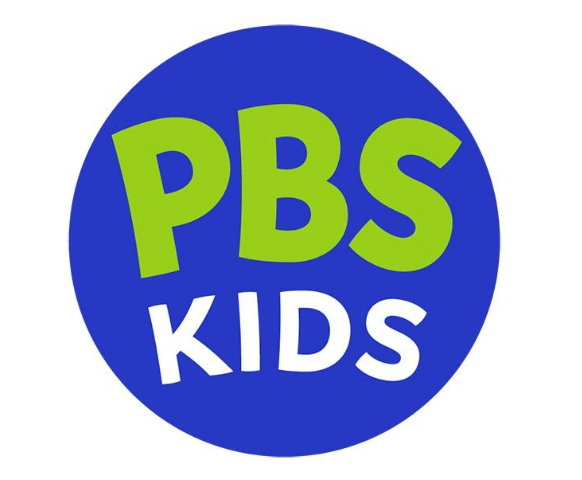One of the most common errors I encounter in ads that seem to need makeovers is a reluctance to accept that the largest word in the ad is the headline or “handle,” which describes or suggests the subject or point of the story that follows. But historically that’s the way all newspapers have been laid out. This has accustomed us to reading printed communications this commonsense way — even our first-grade storybooks.
Failing to identify or imply the type of product being sold only compounds this mistake. Even consumers who might be interested see ads like this and pass on by.
We find both shortcomings in the headline of this ad for Delta kitchen faucets.

In this case, the largest word in the ad — the headline — is “Sponge.” But you wouldn’t read a magazine or newspaper article simply headed “Sponge” unless you were obsessed with sponges, and even then you might not.
If you insist that the headline is not just “Sponge” but rather “Commentary From a Sponge,” that doesn’t help much. You still wouldn’t realize that this is an ad for a kitchen faucet. Neither would most faucet shoppers.
That’s too bad, because the copywriter responsible for this ad is very talented. What follows the headline is an enjoyable, extremely well-written and amusing bit of whimsy. The only trouble is, the copy doesn’t quite make clear what’s being sold and why you should buy it. Here’s what it says:
I spend a lot of time watching people around pull-down faucets (Editor’s note: Are you talking about a pull-down faucet or a faucet with a pull-down spray hose?), and I have come to the conclusion that some folks are incapable of pushing the spray head back into place. Given that you were able to put a man on the moon, I have no explanation for this condition. But thanks to the miracle of magnets, I no longer have to worry about it. Which is nice, because I’ve got enough on my plate as it is.
Clever, huh? But I can’t help wondering if perhaps the writer had a hard time taking the assignment seriously. A spray wand that now has a magnetic dock? Big deal.
However, I’ve been assured by at least one spray-hose user in my household that a magnetic dock is indeed a good idea and a desirable feature.
And just as every lawyer’s client deserves the best possible presentation of his case in court no matter how unsubstantial that case might be, so every ad agency’s client deserves the best possible presentation of its product, regardless of the product’s merit or seeming lack of it.
So first of all, in my makeover I took the product’s advantage seriously and did my best to make a case for it. This didn’t mean the headline couldn’t be a little conversational, as long as it made an important point.

“Today’s Coolest Kitchen Faucet” is lighthearted, relevant, and paradoxical. What’s this? The “coolest” faucet? How can a faucet be cool? That’s like those beer ads that claim their beer is really, really cold.
Then the power of relevant paradox tempts further reading. And the slang meaning of “cool” kicks in. Cool…as in, well, you know…way cool.
But in this sense, something you have or do is “cool” only if somebody else thinks or says it is.
For example, you’re showing off your new kitchen to friends. When you demonstrate the special feature of the sink faucet somebody says, “Hey, that’s pretty cool.” And your day is made.
In this case, referring to a lowly faucet in the headline as “coolest” makes use of a powerful advertising appeal which my legendary boss Victor Schwab taught me when I was a beginner. His acronym for it was awkward but unforgettable: “BOY-PT-MOM” — “Because of you (dear product) people think more of me.” (Because people think your faucet is cool, they’ll think you’re cool.)
I considered using a more blunt and mundane claim in the headline: “The Latest Advance in Kitchen Faucets.” Ho hum. How advanced can a faucet get?
And I was reminded of Leo Burnett’s saying about brand advertising: “Fun without sell gets nowhere, but sell without fun is obnoxious.” I don’t completely agree with that, and can think of many successful branding campaigns of the past that disprove his thesis. Still, he offers a hint on how to slip through the reader’s (or viewer’s) front line of resistance to advertising.
As for typography, at first I set the headline and subhead in good ol’ basic Helvetica. But that seemed a little too basic.
I wanted to keep in mind the ad’s desired branding effect. The product is cool and Delta’s line of faucets is cool. So the headline typeface should be cool, too…but appropriate. How about a thin-line sans-serif face that’s often seen these days in ads for fashionable products? (I finally settled on a face called — a little zither music, please — Tsarizane.)
In my body copy I followed through with a conversation about why spray hoses are desirable and this one is special. Then toward the end I stumbled on a way of building the Delta brand verbally as well as visually.
Sure, a spray hose is a little thing. But it’s little things like this that make life easier. It shows the attention to detail given to every Delta faucet.
Thus my makeover copy not only sells this particular Delta product, it sells the perfectionism that goes into the design and manufacture of all Delta products.
I concluded with Delta’s Web site address, displayed more visibly than in the original ad. But once again I found that the online address leads to a miscellaneous Delta site and not a landing page designed to follow through on this particular ad.
Sorry, folks, your Makeover Maven can’t help with that. It’s not his job.
W
THOMAS L. COLLINS (thomas.l.collins@verizon.net) has been a direct marketing copywriter, admaker, agency creative director and co-author of four books on marketing. He is currently an independent creative and marketing consultant based in Portland, OR.
Find more Makeover Maven columns at http://directmag.com/opinions-columnists/makeovermaven/.



